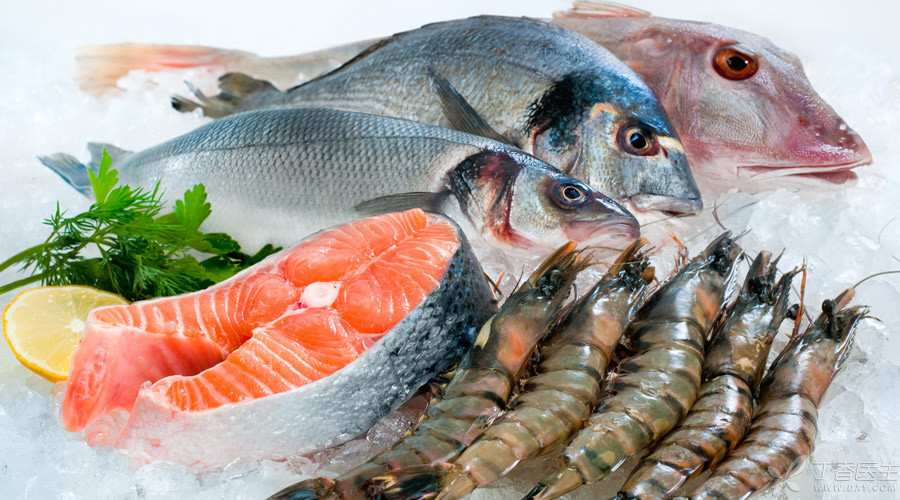
Today’s society is under great pressure of competition. Parents are racking their brains to hope their children [win at the starting line]. From various training courses to preschool education, preschool education and early education, the war of competition has been extended to the mother’s womb.
Although this is not desirable, scientific research has found that the child’s intellectual development is indeed related to the nutritional status in the mother’s womb, of which DHA and EPA are the most widely known.
DHA, EPA is what?
DHA/EPA belongs to [Omega-3 long-chain polyunsaturated fatty acid], which is an essential fatty acid in human body and has a high content in cerebral cortex and retina. They are indispensable for the early development of central nervous system and vision, so DHA is also called brain gold.
Fetuses and newborn babies get almost all DHA and EPA from umbilical cord blood or breast milk. However, the synthesis ability of DHA and EPA for adults including mothers is not strong, so mothers need to eat some foods rich in DHA and EPA to provide a certain amount of DHA to their babies. At the same time, babies also need to add complementary foods containing DHA and EPA in due course.
Which foods contain DHA and EPA?
The most typical food source of DHA and EPA is fish, especially marine fish.
The World Food and Agriculture Organization and the International Perinatal Medical Association recommend that pregnant women and lactating mothers consume not less than 0.2 g DHA per day. The Chinese Nutrition Association recommends eating fish 2-3 times a week, and at least once is fat-rich marine fish.
However, while eating fish to obtain DHA and EPA, methylmercury may also be ingested. Methylmercury accumulated in large carnivorous fish (such as sharks, swordfish, square head fish and nitrile fish) has neurodevelopmental toxicity and will have negative effects on the neurodevelopment of fetuses and newborns.
To be smart and afraid of mercury poisoning, how to choose?
The World Food and Agriculture Organization and the World Health Organization have come to the conclusion that eating fish has more advantages than disadvantages on the whole, but the specific amount of what fish to eat cannot be generalized.
Research by Chinese scientists in Zhoushan fishing ground shows that among the more than 30 kinds of marine fish most commonly eaten by the common people, the more expensive the fish [brain nourishing effect] is the better. The [brain nourishing effect] of fish depends on the DHA, EPA content and methylmercury content of fish.
According to the diet structure of ordinary people, the best brain tonic effect is the humble Spanish mackerel. This result is somewhat unexpected, because the price of Spanish mackerel is quite cheap, and what is agreed to be cheap is not good? The second place is saury, but this is not worth praising, because it is known as [the four freshness of the Yangtze River] and its price is too high.
Golden pomfret, sea bass and small yellow croaker are varieties with good brain tonic effect and relatively approachable price.

The more fish children eat, the smarter they become?
Different fish need to eat different amounts to achieve the best brain tonic effect, but if they eat too much, it is also a metabolic burden.
The most recommended is the Spanish mackerel with good quality and low price. It only needs to eat 2 halves a week to achieve the best brain tonic effect. Eating 3 halves of golden pomfret or sea bass or 4 halves of small yellow croaker a week can also have similar effect. Although the price is slightly higher, most people can accept it.
In addition, artificially cultured salmon is also a good choice. It is not only rich in intermuscular fat, but also has less accumulation of pollutants such as methylmercury. You can get enough DHA and EPA by eating 32 ounces a week.
Of course, not only marine fish can supplement DHA and EPA, but also freshwater fish, shrimps and crabs. For example, some studies show that the DHA content in breast milk in coastal areas is 0.47 g per 100 g fatty acid. However, the DHA content in breast milk from river and lake areas is 0.41 g per 100g fatty acid, which is not much different from the two. Considering that freshwater fish generally accumulate less pollutants than marine fish, some researchers also suggest that freshwater fish and marine fish should eat half and half.
Eat fish to supplement DHA/EPA, how to eat?
Based on factors such as nutritional composition, price and appropriate intake, there are several suggestions for expectant mothers, pregnant women and lactating mothers to choose fish:
-
Try to avoid tuna, sailfish, swordfish, sharks and other large carnivorous fishes.
-
Eat fish 3 times a week, about 3 ounces each time, and eat marine fish at least once. Marine fish are recommended to choose Spanish mackerel, salmon, sea bass, golden pomfret and small yellow croaker.
-
DHA and EPA are not very heat resistant, so the best way to eat is sashimi or steamed, boiled, fried and barbecued processing methods are least recommended. If you eat sashimi, you must pay attention to hygiene.
-
Fish liver often contains high methylmercury and other organic pollutants, so pregnant women and lactating mothers should also avoid them as much as possible.
-
If you do not have the conditions to eat fish frequently, you can take dietary supplements as needed.
-
A balanced diet pattern is the basic guarantee to ensure children’s health. We should not put the cart before the horse and place our children’s future on DHA and EPA.
